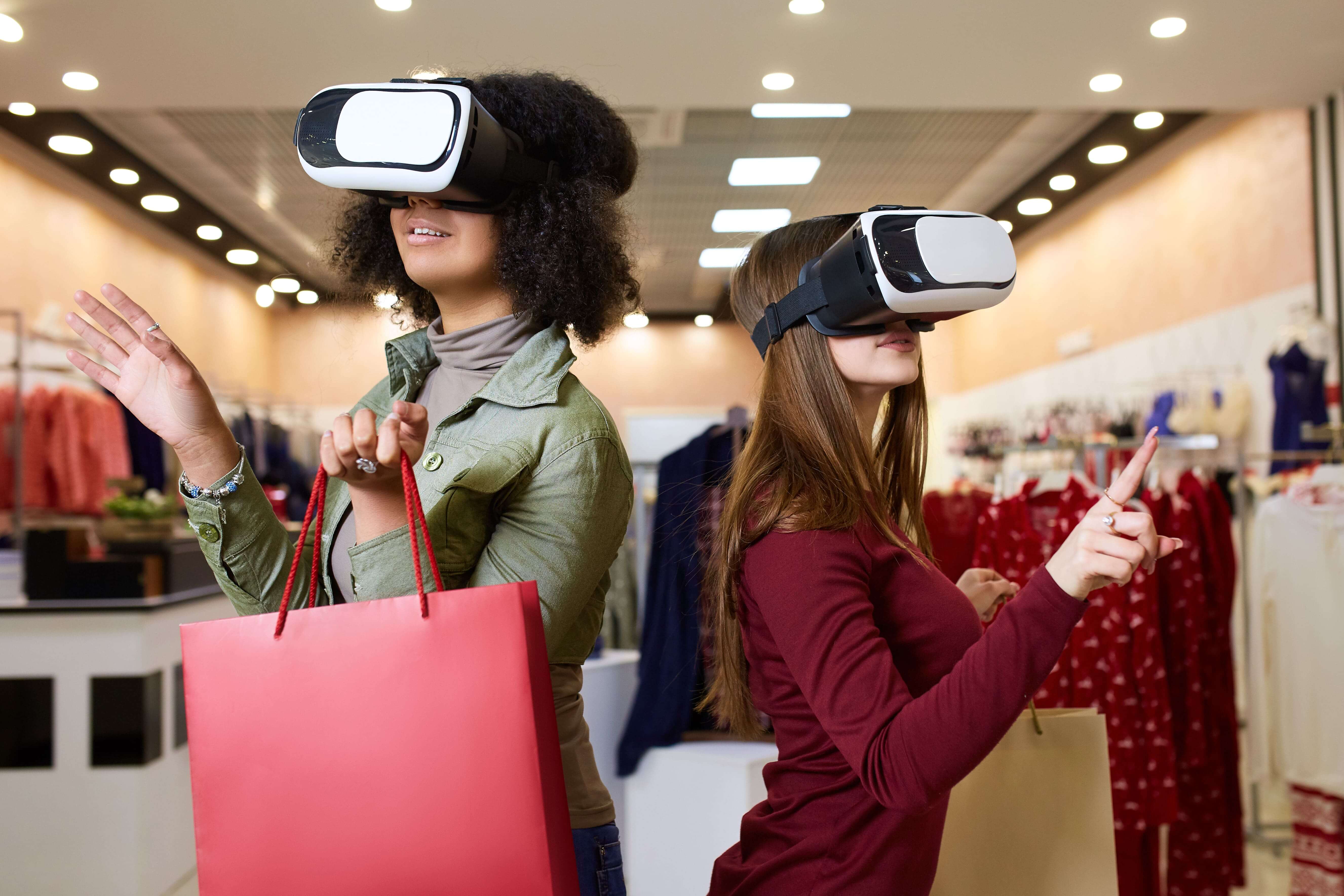Nov 27, 2023
Introduction
The retail landscape in Singapore is undergoing a transformative revolution, driven by the advent of virtual reality (VR) technology. VR is offering retailers and consumers a plethora of innovative and immersive shopping experiences that are redefining the way people browse, shop, and purchase products.
Enhanced Product Visualization and Try-Ons
VR is revolutionizing the way consumers interact with products, providing an unprecedented level of immersion and engagement. With VR headsets, shoppers can virtually step into a product's environment, experience its features in detail, and even try on clothes and accessories without the need for a physical store visit.
Imagine virtually stepping into a home furnishing showroom and visualizing how a particular sofa would look in your living room or trying on a new pair of glasses to see how they complement your outfit. VR technology allows for this level of personalization and customization, enhancing the shopping experience and making it more convenient and efficient.
Interactive Virtual Stores and Showrooms
VR is transforming the concept of brick-and-mortar stores, creating immersive virtual environments that showcase products and brands in a captivating and interactive manner. Virtual stores allow shoppers to browse through aisles, interact with product displays, and even receive real-time assistance from virtual sales associates.
These virtual stores can be accessed from anywhere, anytime, using VR headsets or even smartphones, providing shoppers with the flexibility and convenience to shop from the comfort of their homes or on the go.
Personalized Shopping Recommendations and Curated Collections
VR technology is enabling retailers to provide personalized shopping experiences tailored to individual preferences and tastes. VR headsets can track a shopper's movements, gaze patterns, and interactions to gather data on their interests and preferences.
This data can then be used to generate personalized product recommendations, curate collections, and even suggest complementary items that align with the shopper's style and preferences. This level of personalization enhances the shopping experience, making it more relevant and engaging for each individual customer.
Bridging the Gap Between Online and Offline Shopping
VR is bridging the gap between online and offline shopping, creating a seamless and integrated experience for consumers. Virtual stores can complement physical stores by providing additional product information, offering virtual try-ons, and allowing shoppers to reserve items for in-store pickup.
This integration of online and offline shopping channels provides consumers with the best of both worlds, offering the convenience of online shopping with the personalized touch and immediacy of traditional brick-and-mortar stores.
Conclusion

VR technology is still in its early stages of development, but its potential to revolutionize the retail landscape in Singapore is immense. As VR headsets become more affordable and accessible, and as VR content creation tools become more sophisticated, we can expect to see even more innovative and immersive VR shopping experiences emerge.
VR is poised to transform the way Singaporeans shop, providing a more personalized, engaging, and convenient experience that redefines the retail landscape and sets the stage for the future of shopping.




